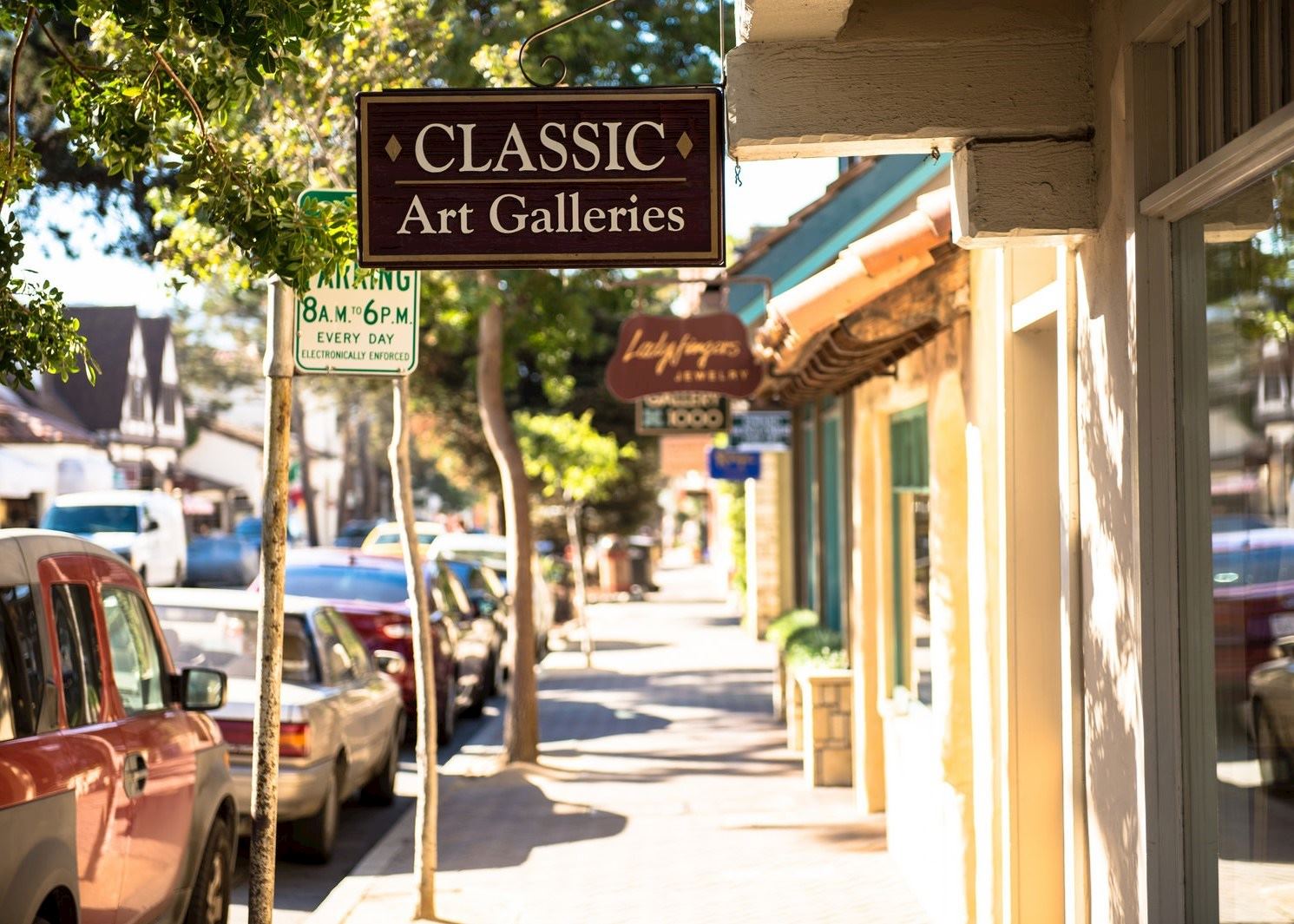
Simple buildings of plastered mud were the first church and dwellings until a more sturdy structure was built of wood from nearby pine and cypress trees to last through the seasonal rains. In December 1771, the transfer was complete as the new stockade of approximately 130x200 became the new Mission Carmel. Mission San Carlos Borromeo de Carmelo was founded on 3 June 1770 in the nearby settlement of Monterey, but was relocated to Carmel Valley by Junípero Serra due to interactions between soldiers stationed at the nearby Presidio and the native Indians. When Mexico gained independence from Spain in 1821 Carmel became Mexican territory. From the late 18th through the early 19th century most of the Ohlone population died out from European diseases (against which they had no immunity), as well as overwork and malnutrition at the missions where the Spanish forced them to live. The colony of Monterey was established at the same time as the second mission in Alta California and soon became the capital of California, remaining so until 1849. Portolà and Crespí traveled by land while Serra traveled with the Mission supplies aboard ship, arriving eight days later. The Spanish did not attempt to colonize the area until 1770, when Gaspar de Portolá, along with Franciscan priests Junípero Serra and Juan Crespí, visited the area in search of a mission site. It is thought that he named the river running through the valley Rio Carmelo in honor of the three Carmelite friars serving as chaplains for the voyage.

Another sixty years passed before another Spanish explorer, Sebastián Vizcaíno discovered for Spain what is now known as Carmel Valley in 1602. The first Europeans to see this land were Spanish mariners led by Juan Rodríguez Cabrillo in 1542, who sailed up the California coast without landing. Mission San Carlos Borromeo de Carmelo, established in 1770, was the headquarters of the Californian mission system from 1797 until 1833. Most scholars believe that the Esselen-speaking people were the first Native Americans to inhabit the area of Carmel, but the Ohlone people pushed them south into the mountains of Big Sur around the 6th century. The larger town of Monterey borders Carmel to the north.Īs of the 2020 census, the town had a total population of 3,220, down from 3,722 at the 2010 census.Ĭarmel-by-the-Sea is in an area permeated by Native American, Spanish, Mexican and American history. Communities near Carmel-by-the-Sea include Carmel Valley and Carmel Highlands.
#Carmel white pages california full#
In 1906, the San Francisco Call devoted a full page to the "artists, writers and poets at Carmel-by-the-Sea", and in 1910 it reported that 60 percent of Carmel's houses were built by citizens who were "devoting their lives to work connected to the aesthetic arts." Early City Councils were dominated by artists, and several of the city's mayors have been poets or actors, including Herbert Heron, founder of the Forest Theater, bohemian writer and actor Perry Newberry, and actor-director Clint Eastwood, who served as mayor from 1986 to 1988.Ĭarmel-by-the-Sea is located on the Pacific coast, about 300 miles (480 km) north of Los Angeles and 100 miles (160 km) south of San Francisco. Situated on the Monterey Peninsula, Carmel is known for its natural scenery and rich artistic history. Carmel-by-the-Sea ( / k ɑːr ˈ m ɛ l/), often simply called Carmel, is a city in Monterey County, California, United States, founded in 1902 and incorporated on October 31, 1916.


 0 kommentar(er)
0 kommentar(er)
